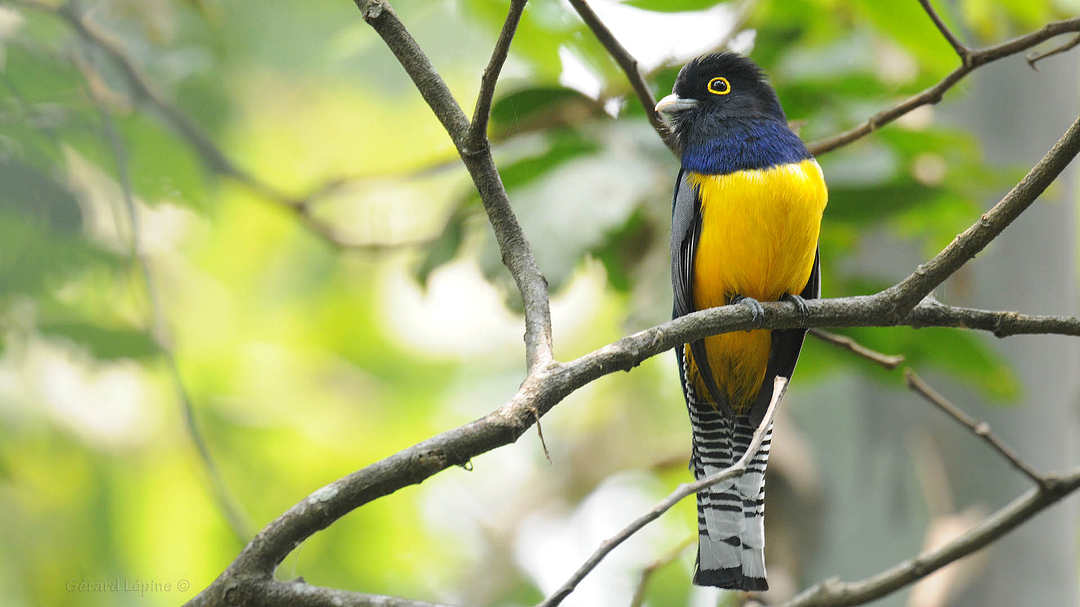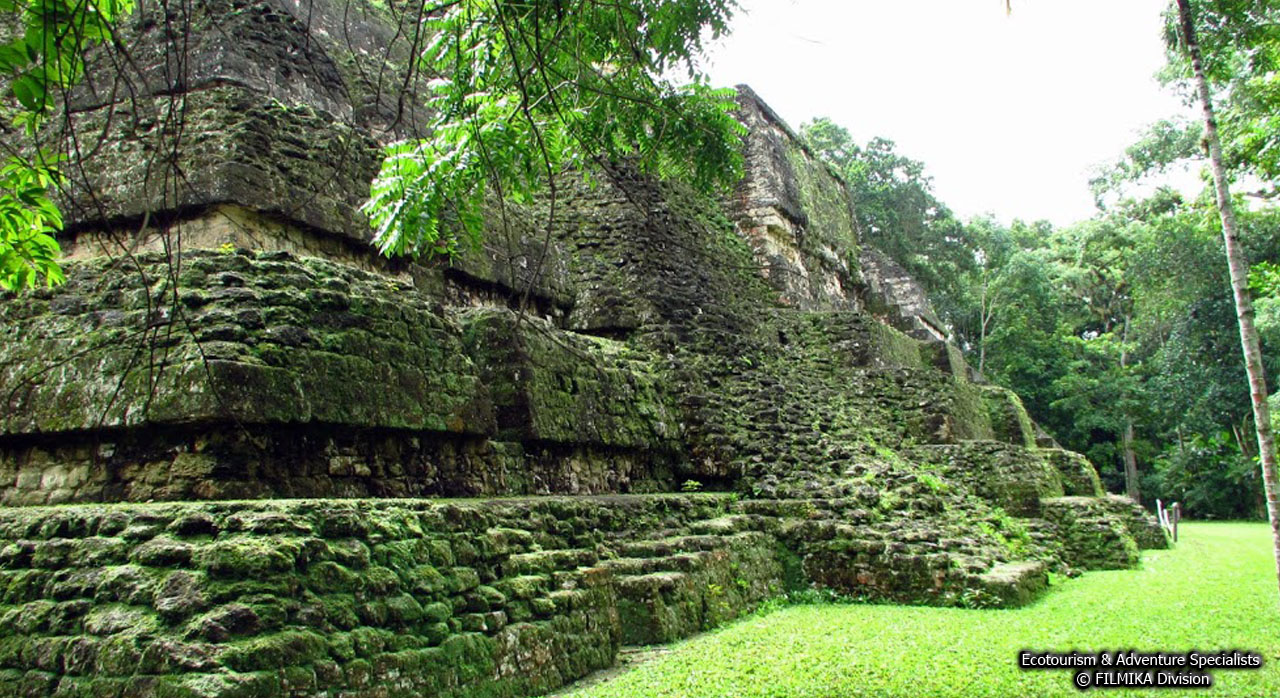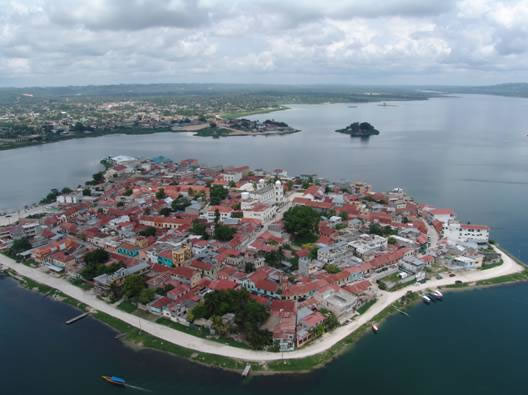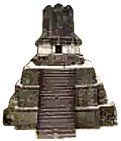/#!/transfertotikalCalendars & Keeping of the days in the Ancient Maya World
The Maya maintained an accurate record of cycles of time based on the movements of the heavenly bodies, most notably Venus' orbit and the rising and passing of the Maya Tree- Origin of All Life- and the Universe, the Milky Way, where the Maya Lords lived. The Maya were advanced mathematicians and astronomers who calculated the lunar and solar cycles. But because they were obsessed with time, perhaps even regarded it as sacred, the Maya kept a perfect almost fanatical track of time.
Perhaps you have heard that the Maya had a calendar that was more precise than our own. How did the Maya accomplish this great feat? First of all, the conception of one calendar is inaccurate, as the Maya had two different calendars, which when combined, yielded a date in a third element called the calendar round. Yet another element, referred to as the Long Count System is also important to understand.

Magical pools and watersprings will make your day's delight after exploring our plantations and our jungle trails through Patrocinio's nature reserve...
If you watch closely at the stelae in Tikal, you will see that the inscriptions often begin with a date in the Long Count system. This inscription is also called the initial series, a system that counts the passage of time continuously from a beginning date. They kept perfect count of time, using their long count system and combining the two different calendars mentioned before.
Their Long Count started on a date some 5,000 years ago on 4 Ahau 8 Cumku, equivalent to our August 13th, 3113 BC. A Long Count is usually preceded by an Initial Series Introductory Glyph announcing that the count follows. The Introductory Glyph is composed of a Katun sign with the patron deity for the month and a superfix of three curlycues... Something very important for the lives of Mesoamerican peoples must have happened on that day for it to have been marked as a "zero" date, which we could compare to the beginning date on our own Gregorian calendar: the birth of Jesus of Nazareth.
The Maya called the era that started 5,000 years ago on 4 Ahau 8 Cumku, the Fourth Creation. Dates in the Long Count System are expressed as 5 numbers, separated by periods, the first position indicates how many baktuns have elapsed since the beginning date, the second, how many katuns, the third, how many tuns, the fourth how many uinals and the fifth how many kins. The elapsed time since 0.0.0.0.0 4 Ahau 8 Cumku is stated in units of time, which serve the same function as do the units in our statements of dates. The five time periods employed in the long count are shown in the following chart that will hopefully help you understand what each of these represented:

The Long Count (0.0.0.0.0) is usually followed by a day in the Sacred Round cycle (4 Ahau), also called the Tzolkin, and then by a day in the Civil or Haab Calendar (8 Cumku), also known as "Vague Year" cycle. The Sacred Round and the Vague Year days are usually separated by a notation of the appropriate and rotating Gods of the Underworld, a series of 9 Gods of the Night. This may be compared to a zodiac sign, so to speak, which we could describe as a decoration with an astrological meaning. The two days were also possibly separated by lunar series, which expressed the "age" of the moon. For the Maya the moon number is a series of six, as the Maya had six different phases of the moon's rotation (called lunations), and not 4 like we have. The Maya stated whether a particular lunation was one of 29 or 30 days in length.
Let us start with the Sacred Round, a calendar used in divinations. It was named Tzolkin. It had 260 days, formed by a combination of the 20 names of days with numbers from one to thirteen, resulting in 260 different number/ name combinations, comparable to our 7 day weeks. The Maya had, so to speak, thirteen day weeks they combined with the names of days, which totaled 20. Say, if today is Wednesday, in 7 days it will be Wednesday again. Each day and each month had a special name. The sacred names of days in the Tzolkin Calendar are:
Imix, Ik, Akbal, Kan, Chicchan, Cimi, Manik, Lamat, Muluk, Oc, Chuen, Eb, Ben, Ix, Men, Cib, Caban, Etznab, Cauac & Ahau. So 1 Imix, 2 Ik, 3 Akbal, 4 Kan, 5 Chicchan, 6 Cimi, 7 Manik, 8 Lamat, 9 Muluk, 10 Oc, 11 Chuen, 12 Eb, 13 Ben, 1 Ix, 2 Men, 3 Cib, 4 Caban, 5 Etznab, 6 Cauac, 7 Ahau, 8 Imix, 9 Ik, 10 Akbal, 11 Kan, 12 Chicchan, 13 Cimi, 1 Manik and so on until 260 are completed… in other words until all 20 names have been combined with numbers 1 to 13!!! So if today is 4 Ahau it will be 4 Ahau in 260 days again (today counts as one day!)
Although it is a widely held conception the notion that the Maya did not use or know the wheel, seems to be a misconception. Their calendar system was composed of wheels turning within wheels, the fine interlocking gearing of the machinery of time, which we know isn’t very simple. To make things even more complicated modern day Maya don’t speak a pure Maya dialect, as they are mixed with other peoples who migrated from present day Mexico. The names of these days have changed to more modern versions of their ancient language... The Maya New Year falls every year on 8 Batz, which may be equivalent to saying 8 Chuen… If today is the Maya New Year, it will be the New Year again in 260 days and it falls on a different day in the Gregorian calendar every year. Sometimes there are two Maya New Years in one of our years. Got it?
The next important day in our calendar round will come from combining and permuting a series of dates that were observed in the Civilian calendar or Haab, divided in a period of 360 days, subdivided into 18 “months” of 20 days each, to which one “unlucky” month of only 5 days named Uayeb was added. This is also known as the Vague Year, another repeating cycle of 365 days. The days were numbered from 0 to 19 and the days on the Uayeb “month” were numbered 0-4. These are the “months” on the Vague Year:
Pop, Uo, Zip, Zotz, Zec, Xul, Yaxkin, Mol, Chen, Yax, Zac, Ceh, Mac, Kankin, Muan, Pax, Kayab, Cumku, and Uayeb. So the count would go something like this for the last 25 days of this cycle: 0 Cumku, 1 Cumku, 2 Cumku, 3 Cumku, 4 Cumku, 5 Cumku, 6 Cumku, 7 Cumku, 8 Cumku, 9 Cumku, 10 Cumku, 11 Cumku, 12 Cumku, 13 Cumku, 14 Cumku, 15 Cumku, 16 Cumku, 17 Cumku, 18 Cumku, 19 Cumku, 0 Uayeb, 1 Uayeb, 2 Uayeb, 3 Uayeb, 4 Uayeb, a new cylce would start on 0 Pop, 1 Pop, 2 Pop, and so on until 365 days are completed. In other words until all 18 names of months have been combined with numbers 0 to 19, except for Uayeb, which will be combined with numbers 0 to 4. So if today is 8 Cumku it will be 8 Cumku again in 365 days, when the “New Vague Year” starts!
But this isn’t all there is to it… All three calendars described above, the Long Count, the Tzolkin and the Haab Calendars are combined to form a 52 year cycle called the Calendar Round. A Calendar Round includes both parts, 4 Ahau, from the Tzolkin, and 8 Cumku from the Haab. The same combination will repeat itself again in 18,980 days, or in exactly 52 of our years. However, to exactly pinpoint a date in time we must know the Long Count Date, expressing the number of Baktuns, Katuns, Tuns, Uinals and Kins elapsed since the zero date to be able to know a precise date! These are found in dates that usually supplement the inscriptions called the secondary series, or distance numbers.
The Maya didn’t devise this calendar, like the origins of their writing, the birth of their calendar may be traced back to the Olmec culture. However, its precision and the impressive degree of advancement are purely the Maya’s responsibility. There are other elements of the Maya's sintaxis that must be necessarily comprehended in order to be able to correctly interpret the movement and concept of time in the Maya's writings. These are named Hel Glyphs, which are accompanied by corresponding distance numbers. A Hel Glyph projects onto historical events whether they be in the past or in the future, these require the reader to read a short independent clause, which refers to ascensions, relating the central character to a family line, but usually referring to a specific time frame within the text. The central character, telling the story, may use a Hel Glyph, and say "In the year 3,113 B.C. my forefathers were present, during the Creation of the World," such as Lord Kan Boar says in legitimating his lineage on Stella 10 of Tikal. The Hel Glyph could also be used to make a prophecy, such as seen in the writings of the Chilaam Balaam of Chumayel. More often, though, the central character will use them to referr to his own and his family's accomplishments, as independent clauses, giving a fuller narrative content to a large body of text.


Coe's guide to Tikal is popular as it is concise and includes a map. Other books offer more information on Maya history, see our recommendations on the book and article section in tikalpark.com or search the web for more resources. If you decide to take a guide, make sure he or she is qualified in the subject matter you are most interested in. Take plenty of water, mosquito repellent and a good pair of hiking boots. Discover Tikal and enjoy the largest ceremonial center in the Maya World. Don't forget to visit the museums. The Morley Museum is a small building, close to the parking area where some of Tikal's most valuable ceramics and objects are kept. In the Visitor's Center there is another museum, which houses the Stelae of Tikal. It is a good idea to stay overnight or even for a few days to fully enjoy Tikal. There are three hotels and a camping ground in the park, as well as a number of restaurants and small coffee shops, which provide some comfort for visitors. Should you be lucky enough to visit Tikal on a full moon, do not hesitate and ask for a special permit to visit the park after hours at the Administrator's office beyond the Morley museum. You'll find the administration helpful; they will issue a permit immediately by stamping the reverse of your ticket, which should be purchased daily at the park’s entrance or the booth close to the trail.
We hope you will enjoy www.tikalpark.com and its Spanish version www.parque-tikal.com Write us at info@mayaworld.org to organize your visit to Guatemala's magic natural and cultural paradise, the heart of the Maya World


| Home | Arts | Sciences | Transportation | Lodging | Special Tours | Birding Tours | Tours | Map | About Us | e-mail us | Site Map |

| Transport |
| Flights from Guatemala City AVIANCA Airlines | Flights from Guatemala City TAG Airlines | Flights from Belize City and Cancun |
| Ground Transportation | Bus from Belize | Bus from Palenque | Bus from Chetumal | Bus from Guatemala City | Bus from San Ignacio |
Travel to the Tikal National Park from San Ignacio in Cayo District, Belize
Our collective or bus transportation offers you the comfort you are looking for in a first-class bus that can take you to Flores and El Remate from Belize City or from San Ignacio. If you start from San Ignacio we will take you on to Tikal using private tranportation (from El Remate).
Our bus has comfortable seating, air conditioning and WiFi on board. We may arrange for you to stay in Flores, El Remate or arrange your onward transportation to Tikal (private transfer), where you will enjoy the views of imposing temples surrounded by a marvelous jungle.
San Ignacio- Tikal (One way)
| Number of passengers |
PRICE PER PERSON ONE WAY |
PAYMENT CENTER |
| 1 PAX |
US$ 108.33
|
|
| 2 PAX |
US$ 70.42
|
|
| 3 PAX |
US$ 57.77
|
|
| 4 PAX |
US$ 51.46
|
|
| 5 PAX |
US$ 47.67
|
|
| 6 PAX |
US$ 45.14
|
Tikal- San Ignacio (One way)
| Number of passengers |
PRICE PER PERSON ONE WAY |
PAYMENT CENTER |
| 1 PAX |
US$ 97.50
|
|
| 2 PAX |
US$ 59.58
|
|
| 3 PAX |
US$ 46.95
|
|
| 4 PAX |
US$ 40.63
|
|
| 5 PAX |
US$ 36.83
|
|
| 6 PAX |
US$ 34.31
|
San Ignacio- Tikal- San Ignacio (Round trip)
| Number of passengers |
PRICE PER PERSON Round Trip |
PAYMENT CENTER |
| 1 PAX |
US$ 205.83
|
|
| 2 PAX |
US$ 130.00
|
|
| 3 PAX |
US$ 104.72
|
|
| 4 PAX |
US$ 92.09
|
|
| 5 PAX |
US$ 84.50
|
|
| 6 PAX |
US$ 79.45
|
Please contact us if you are interested in obtaining more information on our private ground transportation services from San Ignacio to Tikal directly or to other destinations such as Palenque, Copan, etc. Kindly note, that you may take a one way bus transfer using our collective ground transportation to connect to Chetumal or continue to Palenque.
structures at Tikal. However, much of it is still left to be unearthed. So, do take some advice... Don't try to see all of Tikal in one day, even if you are in excellent shape!.

Travel with us and discover Tikal's amazing architecture.
These prices are valid throughout 2020.

Explore Flores Island on Lake Peten Itza.

We hope you will enjoy www.tikalpark.com and its Spanish version www.parque-tikal.com
For reservations or more information write to us at tikalpark@tikalpark.com.
If you are sure of the total to be paid in US$ and you want to pay using a VISA or MasterCard please click here

Fly with us to Flores from Guatemala City with TAG AIRLINES or from Belize City with TROPIC AIR to visit Tikal National Park and join our fabulous guides' natural history, archaeological, sunrise or sunset tours.

| Home | Arts | Sciences | Transportation | Lodging | Special Tours | Birding Tours | Tours | Map | About Us | e-mail us | Site Map |
